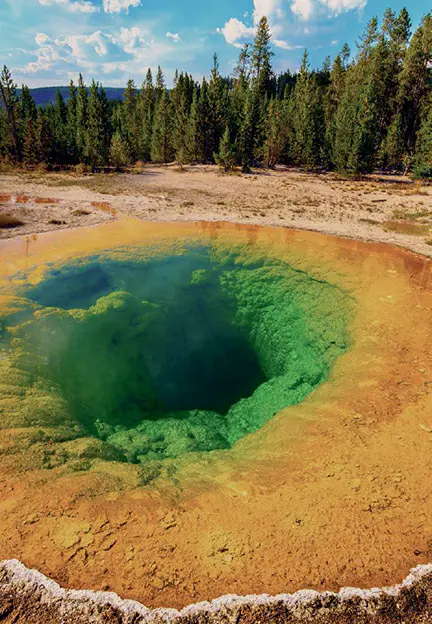Astrobiology, the study of life’s potential beyond our planet, takes its inspiration largely from a unique field of research on Earth: the study of extremophiles. These organisms thrive in environments once thought uninhabitable, offering insights into the resilience and adaptability of life.
The journey into understanding extremophiles began in 1967 with Thomas Brock, an American microbiologist whose groundbreaking research in Yellowstone National Park’s hot springs revealed hyperthermophiles, bacteria that thrive in extremely high temperatures. This discovery was pivotal, challenging the then-accepted notion that life could only exist in moderate environments. Brock’s findings opened the door to a world where life could withstand extreme conditions, expanding our understanding of habitability.
Since then, researchers have identified an array of extremophiles, each adapted to unique and harsh conditions. Psychrophiles in icy realms, halophiles in saline environments, acidophiles and alkaliphiles in extreme pH levels, piezophiles under high pressure, xerophiles in arid zones, and radiophiles in areas of intense radiation, have all been discovered. These discoveries not only reveal the tenacity of life on Earth but also guide astrobiologists in their quest for extraterrestrial life.
The implications of extremophile research are profound. It suggests that life could exist in the most unexpected and extreme corners of our universe. Whether it’s the deep oceans of Jupiter’s moons, the icy surfaces of Saturn’s satellites, or the harsh Martian landscape, the existence of extremophiles on Earth provides a beacon of hope in the search for life elsewhere.
In summary, Thomas Brock’s research on extremophiles has revolutionized our understanding of life’s potential in the universe. By studying these resilient organisms, we gain invaluable insights into where and how life could exist beyond our planet.

